Picking an exhaust system isn't just about the noise or how shiny the pipes look. The right choice can boost your car’s power, save weight, sometimes even improve your gas mileage, and yes—change how your car sounds. It all comes down to knowing what you want out of your car, how you drive, and what fits your budget.
If your old exhaust is rusted out, sure, you need a replacement. But if you're looking for upgrades, start with a clear goal. Do you want a deep rumble or just some extra kick under the hood? Or maybe you care about both? Different systems do different jobs. Some only swap out the muffler; others replace everything from headers to tips. That’s why it pays to know what each part actually changes before you shell out cash.
One quick tip: Always check your local laws before you buy. Some places are strict about noise levels or emissions, and the last thing you want is a ticket after spending a chunk of money. Keep reading and you'll see how to make sense of the choices—without wasting time or cash.
- Why Upgrade Your Exhaust?
- Key Types of Exhaust Systems
- Materials That Make a Difference
- Sound, Looks, and Legal Stuff
- Performance: What Actually Changes
- How to Pick and What to Avoid
Why Upgrade Your Exhaust?
If the factory exhaust system works, why do so many people swap it out? Well, most stock systems are designed to keep things quiet, cheap, and easy to make. They’re not optimized for power, weight, or even longevity. Upgrading can change your whole driving experience—sometimes in big ways, sometimes in little ones.
For starters, a better exhaust system helps your engine breathe. The easier it is for exhaust gases to leave, the smoother your motor can take in fresh air and fuel. That can mean more horsepower and torque, especially if you drive a turbocharged car or truck. Want a real-world stat? Testing shows performance headers and cat-back systems can bump power by 2-5% on most naturally aspirated cars, and even more on turbo models.
Sound is another huge reason people upgrade. Want a throaty rumble or a high-pitched snarl? The exhaust is where that comes from. But sound isn’t just about ego—sometimes, a subtle deeper tone can help you hear engine problems before they get big (no joke, lots of mechanics agree).
There’s also weight savings. Aftermarket exhaust systems often ditch heavy steel in favor of stainless or titanium, shaving 10-30 pounds from your ride. That doesn’t turn a sedan into a race car, but less weight helps with acceleration and handling. Check out this quick comparison of popular exhaust materials:
| Material | Typical Weight (lbs, for cat-back) | Rust Resistance |
|---|---|---|
| Aluminized Steel | 30-40 | Low |
| Stainless Steel | 25-35 | High |
| Titanium | 12-18 | Very High |
And let’s be honest: a good-looking exhaust setup can make your car stand out. Bigger tips, cleaner welds, polished pipes—these little touches matter to some people as much as a few extra horsepower.
One last thing—if your original pipes are corroded or failing, you might as well put something better under your car. You’ll avoid headaches and probably reduce trips to the shop down the road. So if you want more power, a deeper sound, less weight, or extra style, upgrading makes sense for a lot of drivers.
Key Types of Exhaust Systems
There are a few main types of exhaust systems, and each one changes something about how your car feels, sounds, and even looks. Let's break down the real options you'll come across so you can tell them apart without getting lost in car jargon.
- Cat-back Exhaust: This is probably the most common upgrade. It replaces everything from the catalytic converter back, so you get new piping, a muffler, and often fancy tips. People pick this setup because it usually adds a deeper sound and can bump up horsepower a bit. Installation isn’t too hard either.
- Axle-back Exhaust: Axle-back kits swap out just the parts from the rear axle to the tailpipe. This means you get a different look and sound without messing with the rest of your setup. Good for folks who want a louder tone but don’t care about max performance.
- Header-back Exhaust: This type replaces the whole deal, from the engine headers all the way out the back. It’s more expensive, and installation is more involved, but for serious performance gains, you can’t beat it. You’ll move more air, boost power, and shed weight if you pick quality parts.
- Single vs. Dual Exhaust: Some cars come with single exhausts, and some with duals. Dual systems usually help engines "breathe" better, and the look is hard to beat. But unless you’ve got a bigger engine, switching from single to dual won’t always add big horsepower.
The size of the pipes matters, too. A 2024 industry report showed that pipe diameter is one of the top factors for horsepower gains, with common upgrades running from 2.25 to 3 inches for most cars and trucks. Go too big and you could lose power at low RPMs—stick with what matches your engine size and goals.
| System Type | Main Change | Estimated HP Gain* | Average Price Range (USD) |
|---|---|---|---|
| Cat-back | Sound, mild power | 5-15 HP | $250-$1200 |
| Axle-back | Sound only | 0-5 HP | $200-$700 |
| Header-back | Full system, max power | 10-25 HP | $600-$2000 |
*HP gain depends on vehicle and supporting mods.
When someone tells you an exhaust swap will “wake up” your car, ask which system they mean. The difference between an axle-back and a header-back is night and day—where one mostly changes the sound, the other can give you a real performance boost. Figure out what you want, and pick the system that matches. If you want the exhaust system to do more than just sound mean in parking lots, focus on picking the right type for your setup and goals.
Materials That Make a Difference
Not all exhaust pipes are created equal. If you care about how your system lasts, performs, or even looks after a few winters, you’ve got to pay attention to what they’re made of. The material isn’t just a detail—it’s one of the biggest things that decides if your setup becomes a headache or a win. Here’s what’s out there:
- Stainless steel: Most folks upgrading go straight for 304 stainless steel. Why? It barely rusts, even if you’re driving through tough winters or salty roads. You'll get years, even decades, before you see any real wear. Some cheaper options use 409 stainless, which saves money but may eventually show surface rust.
- Aluminized steel: A best-seller for people on a budget. It’s basically steel with a thin coating of aluminum to help fight rust. You’ll get a few solid years out of it, but after that, it’s going to break down faster than stainless—especially if you’re dealing with lots of moisture or road salt.
- Mild steel: This is the entry-level stuff. It's what most factory exhausts are made of, and there's a reason you end up replacing them: they rust fast, especially if you live up north or anywhere it rains a lot.
- Titanium: Sure, it sounds cool, and it is. Titanium pipes are crazy-light and last forever, but the price is enough to scare off anyone who isn't building a race car. Unless every ounce counts, you probably won’t need this.
If you’re after something long-term and want to avoid annoying repair bills, stainless steel is where it’s at. Got a show car and want extra shine? Look for polished options, but know that underneath, 304-grade is still the real deal. If you’re just fixing a beater or selling soon, aluminized might be enough. But ask around—nobody’s happy about crawling under their car to patch leaks every other winter.

Sound, Looks, and Legal Stuff
The sound of your ride is usually the first thing people notice after an exhaust swap. Here’s the thing: not all systems sound the same. A cat-back system usually gives a noticeable rumble, while axle-back options tend to be quieter but still offer personality. Brands like Borla, Flowmaster, and Magnaflow each have their own signature tone—from deep and throaty to high-pitched and aggressive. Listen to before-and-after videos online for your model—what sounds great on a Mustang might be straight-up obnoxious on a compact hatchback.
Looks are about more than just the tip. Stainless steel stays shiny longer and fights rust better than mild steel. Black-coated or ceramic tips can look tough and hide dirt, but they may fade over time. Consider how much road salt or rain you see; that stuff eats up cheap pipes fast. Some exhausts have giant tips for that street-racer vibe, but keep in mind these don’t add any performance. It’s mostly style—so go with what makes you happy to look at.
Now for the boring but critical part: legal trouble. If your new exhaust is too loud, you could get hit with a ticket. This isn’t just scare talk—just last year, California started using sound meters to spot cars breaking their 95-decibel limit for most vehicles. Many other states and cities have similar rules, and they’re getting stricter. There are also emissions rules to watch for. If your exhaust removes or messes with your catalytic converter, you might fail a state inspection or get a check engine light. Choose parts labeled as "50-state legal" or "CARB certified" if you want to stay safe, especially if you live anywhere with annual inspections.
In short: get the sound you want, pick a look that lasts, but always check the rules for where you live. The last thing you want is your fancy new setup sitting in the garage because you can’t legally drive your own car.
One more thing—shops and online forums can help you figure out what’s legal and what’s not. Never let anyone tell you the legal stuff doesn’t matter. When picking a exhaust system, it’s all about finding the right balance between fun and practical.
Performance: What Actually Changes
The big question: will a new exhaust system actually make your car faster or better in daily use? The answer is: it depends—mostly on what you start with and what you put in. Most new cars come with pretty decent exhaust systems, but they’re designed for quiet and for meeting emissions rules, not necessarily max performance or sound.
If you go from a stock exhaust to a high-quality aftermarket system, you can see a power bump. We’re not talking magic numbers—on most modern engines, expect about 2–5% more horsepower if you replace everything from headers to the muffler. On older cars or turbo setups, gains might be a bit higher, especially if your factory system is super restrictive. But if someone promises you a "huge" jump in horsepower from just a muffler swap, that’s marketing hype.
Flow is king. Good aftermarket exhausts use mandrel-bent pipes, meaning the pipe’s diameter stays the same through curves—more flow, less back pressure. Less back pressure usually means better engine breathing, especially at higher RPM. If you daily drive or road trip, this might not change much. But you'll notice it when you floor it, or if you tow and need more grunt.
- Lighter materials, like stainless steel or titanium, can save weight—up to 30 lbs in some cases—if you swap a big factory exhaust for a lighter one. Less weight means your engine has less to move, which helps all-around performance (though you might not feel it on the street).
- Sound matters too—less restrictive mufflers or bigger pipes almost always make your car louder and deeper. This doesn't add performance, but it sure changes how the car feels, and some drivers love that part.
- Engine responsiveness can improve a bit thanks to reduced resistance. That means a snappier throttle, especially in manual cars.
Don’t forget: if you go too big on pipe size, you can actually hurt low-end torque and make your car feel sluggish at low RPM. That’s why matching pipe diameter to your engine size and goals is key. Most four-cylinder cars do best with 2–2.25 inch pipes; V6 and V8s often use 2.5–3 inches.
One thing a lot of people miss: sometimes, the biggest gains come from replacing the exhaust headers, not just the muffler or piping. Good headers help the engine breathe out exhaust gases with less drama, which helps power across the board.
To sum up: real performance gains are there if you do it right and don’t fall for wild claims. The everyday difference? A car that feels a bit more alive and sounds like it means business.
How to Pick and What to Avoid
Picking the right exhaust system is all about your car, your lifestyle, and your wallet. You’ll see brands promising huge gains and wild claims, but don’t get distracted—here’s what actually matters.
- First, check if the new setup will fit your car model and year. Sounds simple, but people mess it up all the time. It should bolt on without major hassle unless you want a custom job.
- Set your budget up front. A simple cat-back system (which replaces everything from the catalytic converter back) is often enough for day-to-day drivers. Axle-back systems are cheaper but mainly change sound, not performance. Full header-back systems cost more and are usually overkill unless you’re into racing or big power upgrades.
- Material counts—stainless steel lasts the longest, but costs more. Aluminized steel is lighter on your pocket but can rust out faster, especially if you live where stuff gets salted in winter. Titanium exhausts look cool and shave weight, but the price is just nuts unless you’re really chasing performance.
- Check the warranty. Three years is about standard for most decent kits. Lifetime warranties usually show up on the top brands, but it’s often buried in fine print requiring proof of professional installation.
- Get the facts on noise levels. If you daily your car, don’t buy the loudest thing on YouTube. Mufflers labeled as ‘straight-through’ or with big tips can be obnoxious fast, and cops love pulling over cars that drone on the highway.
Here's a handy table comparing what you get from popular choices:
| Type | Average Cost (USD) | Performance Gains | Sound | Typical Warranty |
|---|---|---|---|---|
| Axle-back | $300-$700 | Low / Mostly Sound | Moderate Increase | 2-3 Years |
| Cat-back | $500-$1,200 | Medium | Noticeable Rumble | 3 Years+ |
| Header-back | $1,000-$2,500 | High | Loudest | Varies |
So, what should you avoid? Don’t buy mystery-brand stuff off auction sites. Poor quality metal and bad welds lead to leaks, annoying rattles, and sometimes even failed inspections. Stay away from ‘universal’ kits unless you love struggling with fitment or paying a shop to make it work. Also, carbon fiber tips look nice, but they do nothing for performance or longevity and can sometimes get scorched.
If you see wild horsepower claims (like: "Add 50 HP instantly!")—run, don’t walk, away. Even on turbo cars, a good exhaust might add 5-15 horsepower. On a regular daily, expect more like 2-5 HP alongside better throttle response and sound. The boost in how the car feels is real, but don’t get tricked by fake numbers.
Bottom line: Do your homework, buy from solid brands, and if you aren’t sure about install, factor that cost in too. Shops charge anywhere from $100 to $500 for exhaust work, depending on how complicated your setup is. When in doubt, check real owner forums or ask around—someone’s always willing to share what worked (and what didn’t) for your ride.

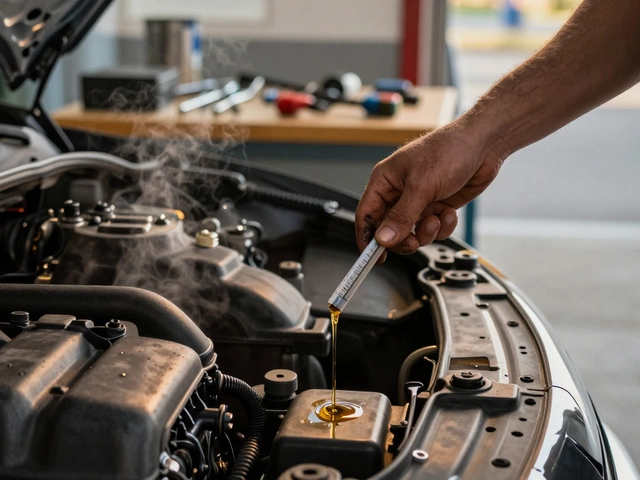


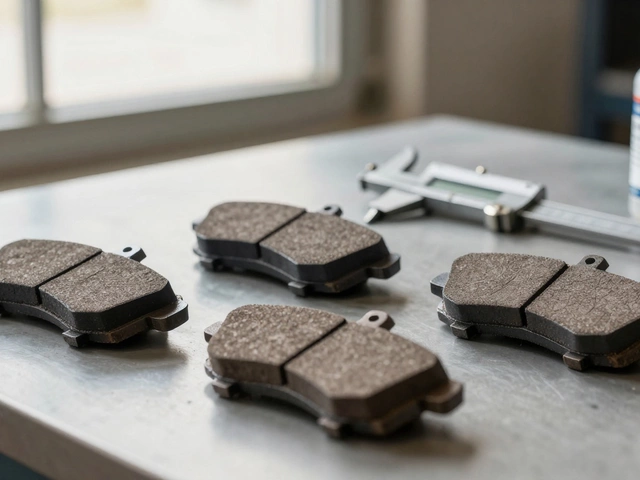
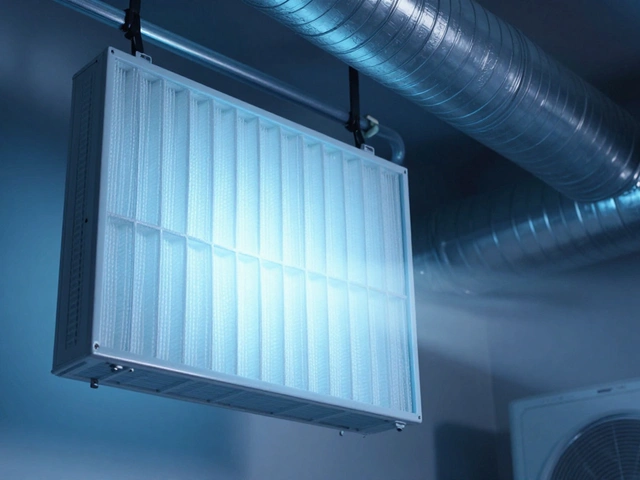
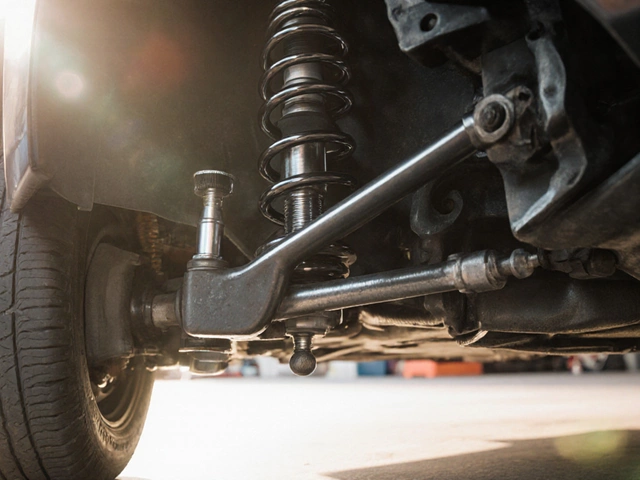


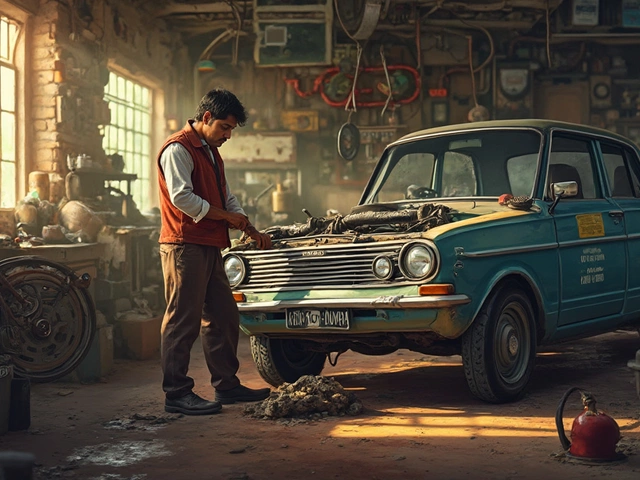

Write a comment